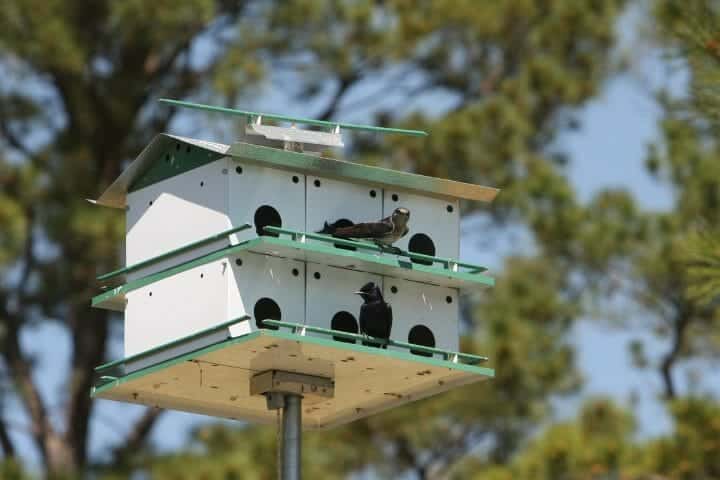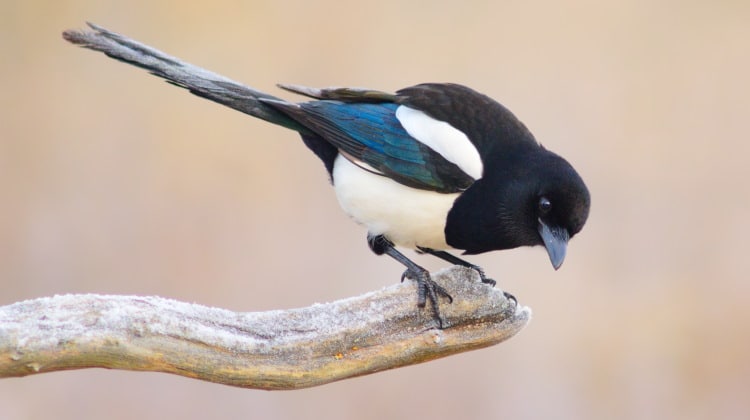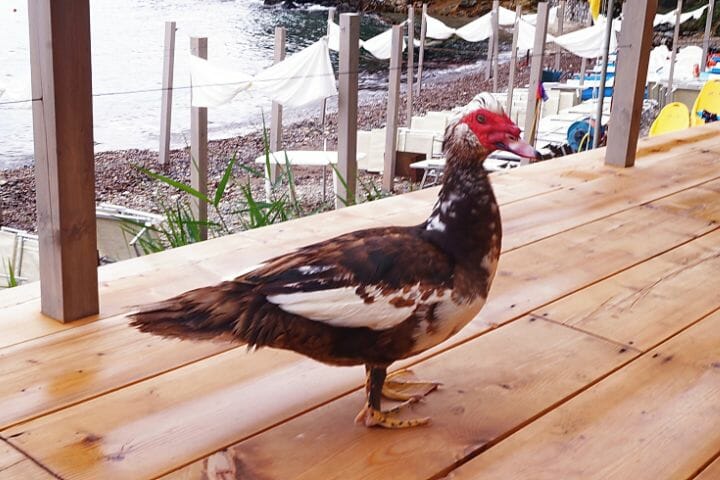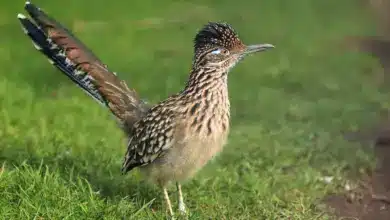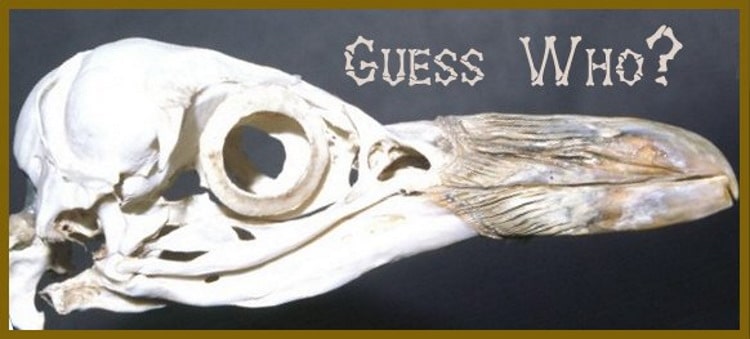Ibis Species Information
Ibis Species Information (Threskiornithinae)
Birds ibis are long-legged wading birds with long down-curved bills that are usually found in groups. If you want more Ibis Species Information, view our list below.
Other Related Web Resources: Ibis Species Photo Gallery
The ibises are long-legged wading birds with long curved bills that are usually found in groups, probing mud for food items in the sand.
They resemble herons and share many of their habitats and behavioral traits, but unlike herons, ibises fly with necks outstretched and often in V-formation.

Species and Ranges
- Genus Threskiornis
- (African) Sacred Ibis, Threskiornis aethiopicus
- Found in sub-Saharan Africa and southeastern Iraq
- Madagascar Sacred Ibis, Threskiornis Bernieri
- Found in Madagascar and Seychelles
- Réunion Sacred Ibis, Threskiornis solitarius – extinct species
- Formerly occurred on the island of Réunion located in the Indian Ocean, east of Madagascar
- Black-headed Ibis, Threskiornis melanocephalus
- Breed in South Asia and Southeast Asia from Pakistan to India, Sri Lanka east up to Japan.
- Australian White Ibis, Threskiornis molucca
- Found across much of Australia.
- Straw-necked Ibis, Threskiornis spinicollis – Sometimes placed in the separate genus Carphibis (Jameson, 1835) as Carphibis spinicollis
- .Found occur much of Australia, except parts of Western Australia, South Australia, and south-west Tasmania. They are also found on Norfolk Island and Lord Howe Island, in Indonesia and New Guinea.
- (African) Sacred Ibis, Threskiornis aethiopicus
- Genus Pseudibis
- Genus Thaumatibis
- Genus Geronticus
- Northern Bald Ibis, Geronticus eremita – Occurs naturally in Northern Morocco (North Africa), Syria, Jordan, Saudi Arabia, Ethiopia, Eritrea, Sudan and Turkey.
- Southern Bald Ibis, Geronticus calvus – Found in Southern Africa.
- Genus Nipponia
- Genus Bostrychia
- Olive Ibis, Bostrychia olivacea – Found in Cameroon, Republic of the Congo, the Democratic Republic of the Congo, Ivory Coast, Gabon, Ghana, Kenya, Liberia, São Tomé and Príncipe, Sierra Leone, and Tanzania.
- Dwarf Olive Ibis, Bostrychia bocagei – Endemic to São Tomé e Príncipe – an island nation in the Gulf of Guinea, off the western equatorial coast of Central Africa.
- Spot-breasted Ibis, Bostrychia rara – Found in Angola, Cameroon, Central African Republic, the Republic of the Congo, the Democratic Republic of the Congo, Ivory Coast, Equatorial Guinea, Gabon, Ghana, Guinea, Liberia, Nigeria, Sierra Leone and Uganda
- Hadada Ibis, Bostrychia hagedash – Found throughout open grasslands, savanna, and rainforests of Sudan, Ethiopia, Senegal, Uganda, Tanzania, Gabon, the Democratic Republic of the Congo (formerly Zaire), Cameroon, Gambia, Kenya, Somalia, and South Africa,
- Wattled Ibis, Bostrychia carunculata – Endemic to Abyssinian higlands and is found only in Ethiopia and Eritrea.
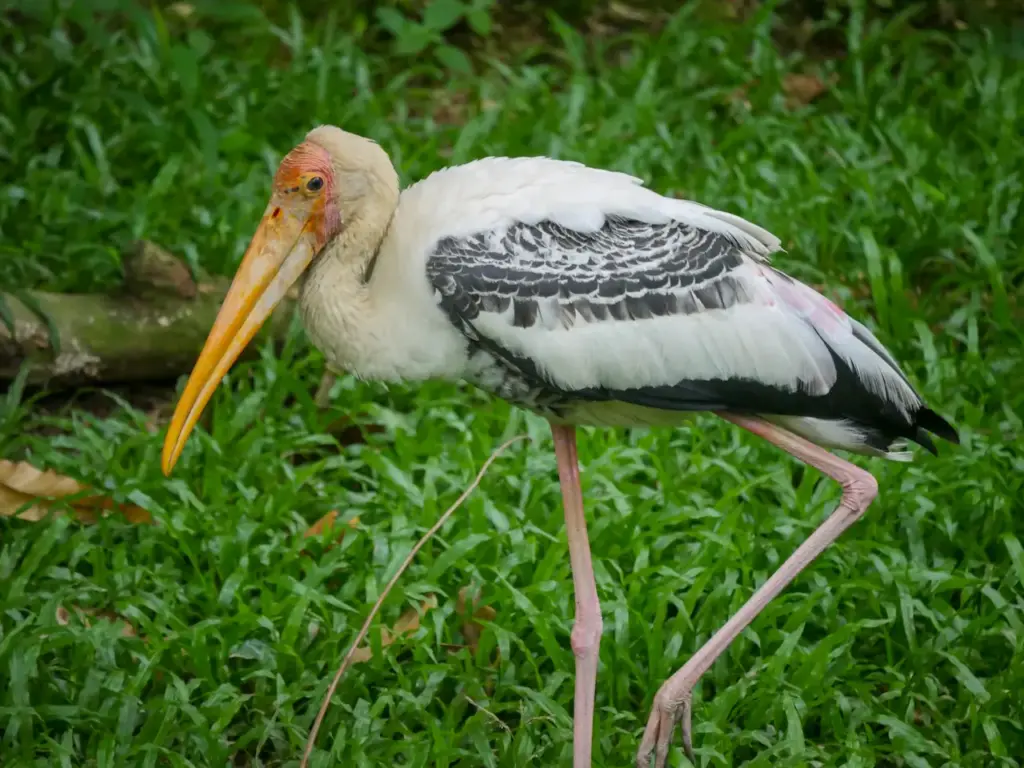
- Genus Theristicus
- Genus Cercibis
- Sharp-tailed Ibis, Cercibis oxycerca – Found in Brazil, Colombia, Guyana, Suriname, and Venezuela in South America
- Genus Mesembrinibis
- Green Ibis, Mesembrinibis cayennensis – Found in Honduras through Nicaragua, Costa Rica, and western Panama, and South America to northern Argentina.
- Genus Phimosus
- Whispering Ibis or Bare-faced Ibis, Phimosus infuscatus – Found in the swamps of Argentina, Bolivia, Brazil, Colombia, Ecuador, Guyana, Paraguay, Suriname, Uruguay and Venezuela in South America.
- Genus Eudocimus
- American White Ibis, Eudocimus albus – Found along the mid-Atlantic coast of the United States south through most of the New World tropics
- Scarlet Ibis, Eudocimus ruber – Found tropical South America and also Trinidad and Tobago. It is the national bird of Trinidad
- Genus Plegadis
- Glossy Ibis, Plegadis falcinellus – Found in the warmer regions of Europe, Asia, Africa, Australia, and the Atlantic and Caribbean region of the Americas.
- White-faced Ibis, Plegadis chihi – Western USA south through Mexico, southeastern Brazil and southeastern Bolivia south to central Argentina, and along the coast of central Chile.
- Puna Ibis, Plegadis ridgwayi – Found in the swamps of Argentina, Bolivia, Chile and Peru.
- Genus Lophotibis
- Madagascar Crested Ibis, Lophotibis cristata – Found in woodlands and forests of Madagascar.
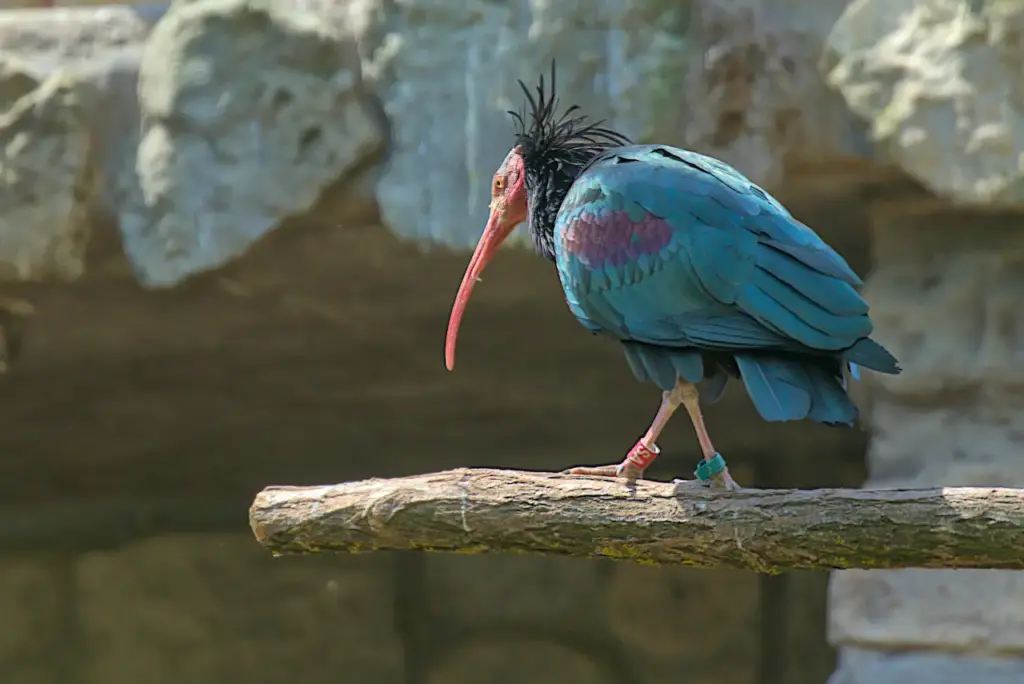
Diet / Feeding
Ibis Species mostly feed in shallow waters on aquatic insects, mollusks, frogs, and food sifted from the water surface.
Their diet also includes insects caught on land, as well as
lizards, worms, skinks, and other small reptiles.
Some species will also take small mammals, birds, or snakes; or they will follow herds of domestic animals, searching dung for beetles and other insects.
Breeding
Most breeding activities are observed after the rainy season when plenty of food is available.
They typically nest in colonies, often with other water birds.
The nests are shallow cup-shaped platforms of sticks, grasses, or reeds that are typically situated on trees near a body of water, such as rivers, swamps, or lakes. Although some ibises also make their nest among rocks and on cliffs,
The average clutch consists of 2 – 4 eggs. The nests are often reused year after year.

